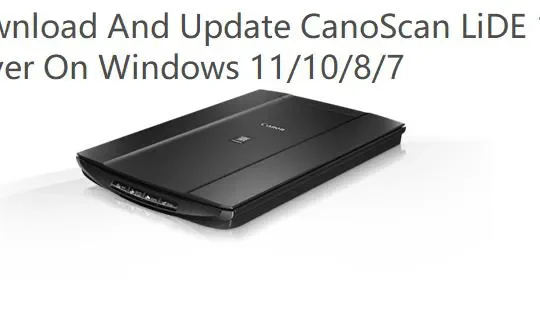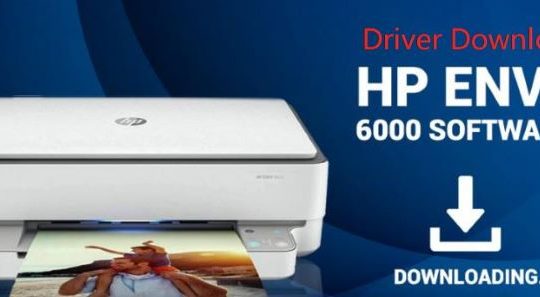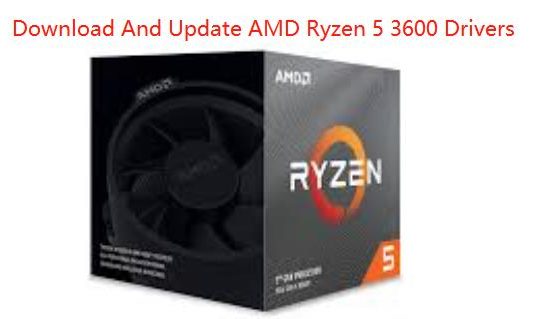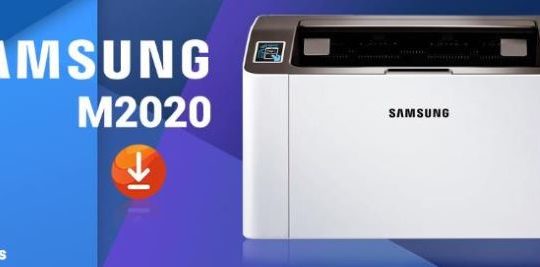Data is very important and we have heard countless tragic stories of losing data. No matter how many hours you spend working on a certain piece of document, games, photos, music, etc., with the blink of an eye, everything can get lost. Thus, it is important to always backup your data; with the help of today’s technology you can store loads of data into multiple storage mediums.
Although lost data can be recovered with the help of data recovery services, the data recovery would be heavy on your pocket and if in case, your hard drive or SD card gets stolen all or is destroyed, there would be no chance of getting your data back. This all can be avoided if you maintain a backup.
There are multiple options available for backing up your data. The type of medium you choose will mainly be dictated by your budget, what you are protecting, and how often you need to perform a backup. Here is a list of some of the most common and famous media used for backups.
Hard drives
Hard drives are quite popular and have been around for quite a while. They are pretty famous and are most commonly used. They are cheap and one of the most generous physical backup options available, you can easily buy a 1TB or the larger hard drive for a reasonable price.
It is always recommended to ensure that your backup medium has more storage space than what you are trying to back, there should always be some leftover space. The drawback of hard drives is that they quickly wear off. They are also comparatively slow and consume more power than the flash drive or solid state drives.
Solid state drive and flash drive
These are some of the most efficient and effective physical ways to backup your data. Both of these drives use flash technology to write and read data very quickly, this is used in speedy backups. However, these two technologies are not very well designed to be storage mediums.
Also, flash drives are quite easy to break and are mainly used for transporting data from one place to another efficiently. There are many stories about USB drives being left in a laptop, accidentally getting knocked against a wall or a table, and the drive breaking up.
Also, the flash and solid state drives tend to be far more expensive as compared to hard drives of the same size.
While flash storage has shown to be robust, there has been concern about the loss of charge carriers (electrons or holes) through the tunnel oxide. It’s suspected to be a confusion of JEDEC specifications that specifies shockingly short retention periods.
However, this is only in the vanishingly rare situation that the data is written when the system is at a cold temperature and processed at a warm temperature. In regular use, SSDs hold data for less than one year.
To counteract this, NVMe was designed to equal and outperform the efficiency of SSD’s. The physical layer is PCIe and can be found either by a form factor of U.2 or M.2. Another alternative is to integrate the NVMe storage directly into a PCIe expansion card.
CDs and DVDs
Many people are familiar with the concept of CD and DVD. They are easy to use and find, and a simple way to backup your computer. However, unfortunately, it is a dying medium. Many big companies and users are moving away from them. Also, they do not last very long.
Memory Cards
Memory cards are an invaluable asset to our daily applications. Our data storage would have been almost unimaginable without these tiny cards in our applications. But, how many of you know that every memory card type differs according to the application it is used in? Well, if you did not know that, now you will.
Cloud storage
It is one of the latest and greatest trends for storage and data access. With the help of cloud storage, your daughter will be always there and accessible from any Internet-connected device. It is almost impossible to lose, destroy, or damage cloud-stored files.
However, there is a drawback that the speed with which the backup takes place largely depends on the Internet speed, so if you have a slow Internet connection, it could take hours or even days to back up all your data.
More Articles:
Fix USB Mass Storage Error: The Device Cannot Start (Code 10)






